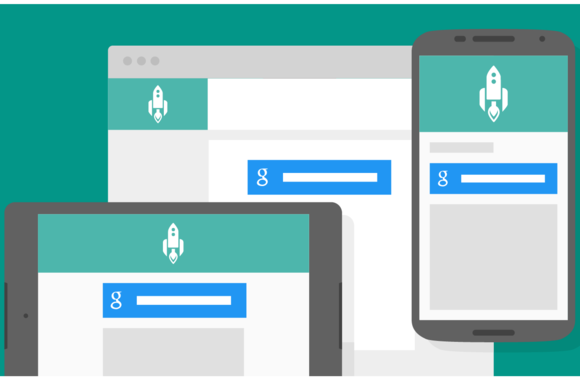Google Smart Lock For Passwords Mac

When the utilities window appears, click Utilities in the menu bar, then choose Firmware Password Utility or Startup Security Utility. This utility is available only on Mac models that support use of a firmware password. Click Turn On Firmware Password. Enter a firmware password in the fields provided, then click Set Password. Remember this password.
Quite imposing plus 4.0m crack. To protect the data on your Mac, you can set a user account password (login password) to prevent unauthorized users from logging in to your user account. You can also encrypt your startup disk using FileVault, so that only users who can log in to your Mac can read the data on that disk.
For even more protection, you can set a firmware password. A firmware password prevents users who don't have the password from starting up from any disk other than the designated startup disk. As a result, it prevents using some startup key combinations.
The following steps apply to OS X Mountain Lion or later.
How to turn on a firmware password
- Start up from macOS Recovery: Press and hold Command (⌘)-R immediately after turning on your Mac, and release the keys when you see the Apple logo or a spinning globe.
- When the utilities window appears, click Utilities in the menu bar, then choose Firmware Password Utility or Startup Security Utility. This utility is available only on Mac models that support use of a firmware password.
- Click Turn On Firmware Password.
- Enter a firmware password in the fields provided, then click Set Password. Remember this password.
- Quit the utility, then choose Apple () menu > Restart.
Your Mac asks for the firmware password only when attempting to start up from a storage device other than the one selected in Startup Disk preferences, or when starting up from macOS Recovery. Enter the firmware password when you see the lock icon and password field:
How to turn off a firmware password
- Start up from macOS Recovery: Press and hold Command (⌘)-R immediately after turning on your Mac, and release the keys when you see the lock icon and password field.
- Enter the firmware password.
- When the Utilities window appears, click Utilities in the menu bar, then choose Firmware Password Utility or Startup Security Utility.
- Click Turn Off Firmware Password.
- Enter the firmware password again when prompted.
- Quit the utility, then choose Apple () menu > Restart.
How to set a passcode for one-time use
You can also use the Lost Mode feature of Find My Mac to remotely lock your Mac with a passcode for one-time use. Your Mac receives the lock instruction from iCloud, restarts, and asks for the system lock PIN code you created. When you enter that passcode, the Mac starts up from your designated startup disk and disables the passcode.
Lost Mode works even while using a firmware password. Unlike the passcode set by Lost Mode, a firmware password remains on until you turn it off with Firmware Password Utility or Startup Security Utility.
If you forgot your firmware password
If you can't remember your firmware password or passcode, schedule an in-person service appointment with an Apple Store or Apple Authorized Service Provider. Bring your Mac to the appointment, and bring your original receipt or invoice as proof of purchase.
After you have successfully retrieved a user's credentialsor retrieved sign-in hints,you can check if an ID token is available for the credential. An ID token is asigned assertion of a user's identity that also contains a user's basic profileinformation, possibly including an email address that has been verified byGoogle. When ID tokens are available, you can use them to securelyauthenticate with your app's backend, or to skip the email verification stepwhen creating a new account.
An ID token is available when a Credential object's user ID matches the userID of a Google account that is signed in on the device.
To sign in with an ID token, first retrieve the ID token with the getIdTokensmethod. Then, send the ID token to your app's backend. On the backend, verifythe token using either a Google API client library or a general-purpose JWTlibrary.
Before you begin
- Your app must be able to successfully retrieve a user's credentialsor retrieve a sign-in hint.
- You must call
setAccountTypes(IdentityProviders.GOOGLE)when you build theCredentialRequestandHintRequestobjects.
Get an ID token from the Credentials object
How to change sprint key for minecraft on mac free. After you retrieve a user's credentials, check if the Credentials objectincludes an ID token. If it does, call getIdTokens to retrieve it, and send itto your backend by HTTPS POST.
Verify the ID token on the backend
After you receive the ID token by HTTPS POST, you must verify the token'ssignature, and verify the token's aud, iss, and exp claims.
The aud claim of an ID token from Smart Lock for Passwords has the followingformat:
The value SHA512HASH is the SHA-512 hash of your signingcertificate. You can get this value using the keytool and openssl utilities:
-w 0 parameter from the base64 command.Or, you can get the SHA-512 hash by examining an ID token you know to be valid.
JWT libraries can handle some of these verification tasks for you. For example,using the Google API client library for Java:
See the Google Sign-In documentationfor more details.